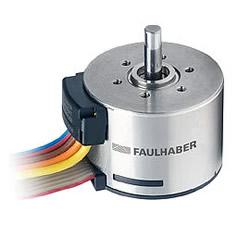Trump's freeze on new regulation means that we won't get drone delivery anytime soon
Raspberry Pi-powered arm: This kit aims to make robotics simple enough for kids
Rethink Robotics Releases Intera 5: A New Approach to Automation
Inside Amazon's robot-run supermarket that needs just 3 human workers
Robotics-focused ETFs see big gains, Trump could hasten trend
Watch a new robot fly just like a bat
MIT Builds Invisible Fish Grabbing Robot
A robotic barista is now serving - really fast
Microbots: Microsoft's multi-pronged robotics play takes shape
Swarm of Underwater Robots Mimics Ocean Life
Robotics, artificial intelligence, and 5G are at the heart of Theresa May's new industrial strategy
Segway's 'mobility robot platform' to begin mass production
Artificial fingertip that 'feels' wins international robotics competition
CTRL The Robot. A modern industrial robot for the desktop.
Robotics, Trump and Brexit turn up the heat amid the snow of Davos
Records 1006 to 1020 of 1671
First | Previous | Next | Last
Featured Product

New incremental encoder IERF3 L from FAULHABER
Robotics and Automation - Featured Company

